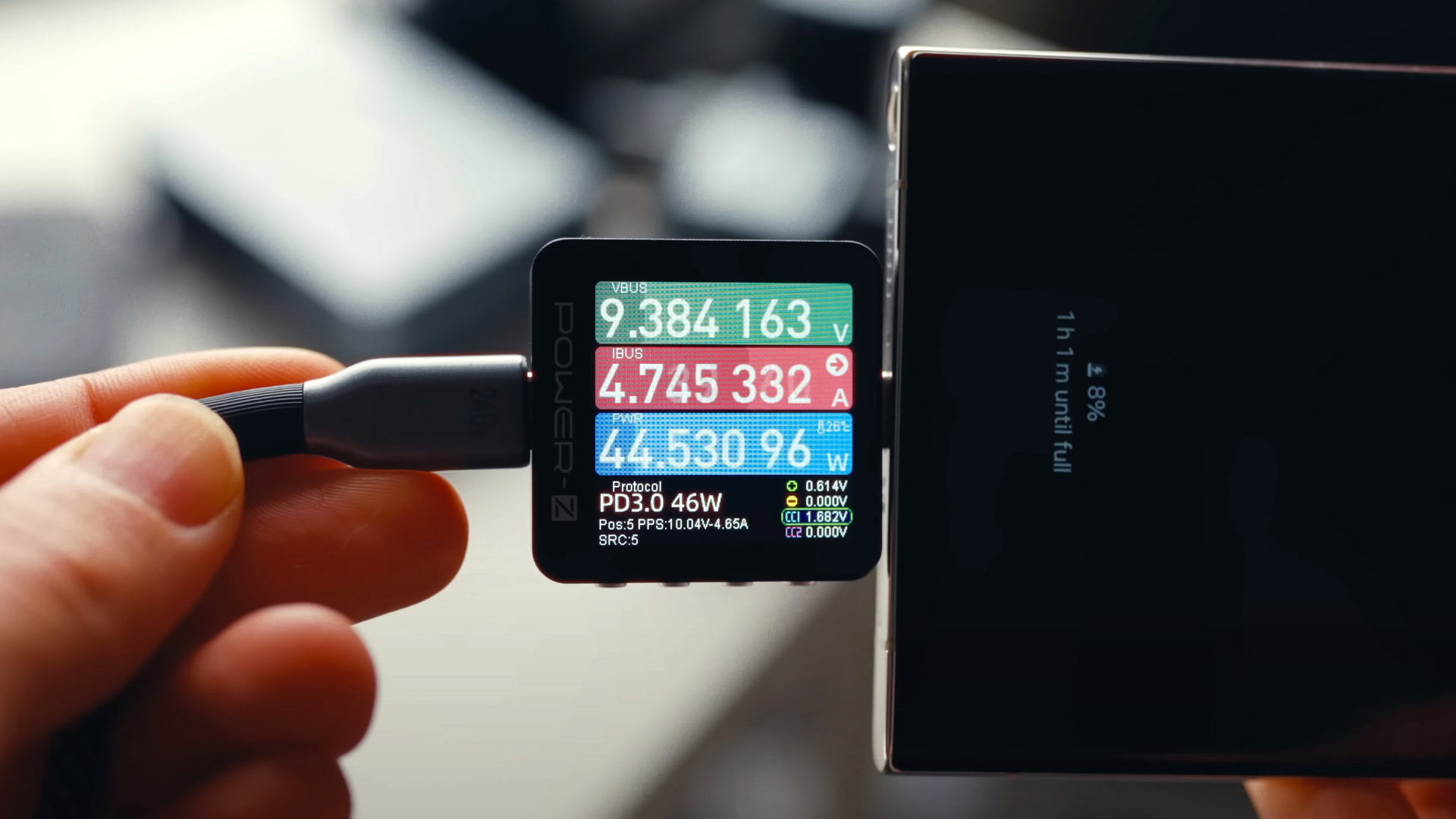TLDR = no answer is given in the article.
Android ‘journalism’ has been dead for years now. Nothing but engagement-bait, inconsequential articles like this, and “sneak peaks” into unannounced features that may never see the light of day (remember when Mishaal Rahman revealed that Google was working on making Pixel phones work as a dash cam video recorder? never saw the light of day).
Yeah and they didn’t perform the same tests on any iPhone model.
Oh, thanks. Downvoted then.
Honestly. I wouldn’t have to worry about my battery’s health if I could easily swap it out.
Not entirely true. Batteries are still made up of rare and polluting materials. And mining is not exactly ethical either
Your phone would also be much bigger and more expensive. That’s not to say that swappable batteries shouldn’t exist but keep in mind there as always trade offs.
Sure. Hence why the fair phone is bigger.
It shouldn’t be too long now before the EU implements its regulation that requires phone batteries to be “easily replaceable with simple, easy to access tools”, right?
That’s going to be monumental for the lifespan of these devices, especially as phones get software support for longer and longer these days.
Simply having a pull tab like most phones or that electrical release like Apple does is enough to satisfy the EU regulation. The batteries need to be easily replaceable without special tools by repair shops (first and third party, certified or not).
laughs in fairphone
If the steam deck charger has a voltage output option that matches your phone (5V) then there is no issue. Current is set by the load in this case since the power convertor in the charger is a voltage generator, not a current generator. So the phone won’t get too much current
Laughs just as hard in HMD Fusion.
I also ocassionally charge it with laptops usb-c charger if it is only thing handy. No problems so far.
Wow I had a look and I thought they were much more expensive. Might buy one of these when I need to upgrade my fairphone 4.
The article only tests whether the batteries get hot. High electrical loads, both charge and discharge can also degrade batteries directly.
I’ve been setting limits with ACCA for years on my Pixel 4A because its battery is difficult to replace. I didn’t expect to keep it for five years, but there isn’t a new phone I would like better.
My standard limit is 60% charge and 500mA charge rate. Sometimes I increase the limit to 80% or the charge rate to 1000mA for convenience. I rarely allow 100% or the full 3000mA charge rate, and it’s set to pause charging in response to temperature.
Damn that app needs root access. Great idea though
I insist on having root on principle; if I don’t, the device isn’t really mine.
In a practical sense though, ACCA is probably my biggest use case for it. I could work around most everything else.
I agree with the idea of properly owning your device, but its pretty rare I need root access and it’s not all that hard for me to enable it if I truly needed it. Turns out graphene has an option built in to limit charging to 80% and I use slow chargers already so I actually don’t need it here either.
There are pretty solid security reasons to keep it locked down. I think it’s basically just having separate whole disk encryption on just your system files and bios. It’s an attack vector that allows easily superceding the otherwise highest permissions on your device.
It makes my phone just as secure or insecure as my PC. I’m good with that.
If I was at higher risk of being directly targeted for attacks, I’d probably rethink that.








